Earlier this month, the School Property Tax Work Group released 5 plans that either reduce or eliminate school property taxes in Pennsylvania.
The plans were unveiled by the group’s leader, State Sen. Dave Argall (R-29).
In a letter written to, among others, State House Speaker Mike Turzai (R-28) and State Sen. President Pro Tempore Scarnati (R-25), Argall says, “The time for legislative action is now; especially since there is a lawsuit pending against the Commonwealth regarding school funding and school property taxes, speaking to the severity of this issue and concern. As leaders in this Commonwealth, let us work together on this serious issue that has plagued the state for over twenty years.”
Argall adds that the goal of the Work Group was to create plans they believe could pass both House and Senate votes and be signed into law by Gov. Tom Wolf. He says the group met for “many hours since August” to hash out these proposals.
Pennsylvania School Property Tax Work Group
The 5 plans released by this work group range from the extremely complicated to the plain-and-somewhat simple (as simple as things get in Harrisburg).
Some plans call for the elimination of school property taxes in some districts and not others. One of the plans calls for a total elimination of school property taxes in Pennsylvania.
Take a look at the plans to reduce or eliminate school property taxes in Pennsylvania:
Plan 1: $8.62 Billion Reduction in School Property Taxes
This plans calls for a reduction in school property taxes statewide by increasing the personal income tax 1%. However, it seems so complicated that the only way to figure it out is to grow the size of our already huge state government. Here are the details of it regardless:
1% personal income tax (PIT) increase to lower millage rates (rate rises to 4.07%)
- Would equal $4.913 Billion in new revenue
- $4.913 distributed Pro Rata for millage Rate Reductions (Once the millage rate is reduced, it
cannot ever be increased) - 30% Average Local School Tax Decreases for All Properties
1% sales tax (SUT) increase for homestead/farmstead exclusion (rate rises to 7% [8% in Allegheny County and 9% in Philadelphia])
- Would equal $2.026 Billion in new revenue
- $2.026 distributed via a revised Homestead/Farmstead Program
- 20% in Approximate School Property Tax Reduction for Homesteads and Farmsteads
Require school districts to levy minimum local earned income tax (EIT) of 1% (if they haven’t yet)
- The 1% allowable EIT would equal $1.681 billion in new revenue
- $1.681 Property Tax reduction on properties in school districts with EIT below 1%
- Equalized EIT Rate levels yields varying decreases via existing tax shift option
Expanding the Property Tax/Rent Rebate Program (PTRR)
- Utilize approximately $75 million to expand income threshold or increase rebates
- Seniors aided by local property taxed reduced through the proposal would free up existing
- PTRR dollars for additional seniors
Expand the Senior Safety net Deferred Property Tax Program
- You must be 65 years of age or older
- $85,000 or lower household income
Plan 2: $6.437 Billion Reduction in School Property Taxes
The second plan also calls for an increase in personal income tax, too. And 75 unnamed school districts would have property taxes completely eliminated. Here are its details:
The funding sources for this plan are still being calculated.
- A PIT increase of 1.55% (from the current 3.07% to approximately 4.62%) would fund this
change. If the Sales and Use tax is included, the PIT rate would then be decreased
accordingly. Other funding sources could also be considered.
What relief is given?
- General Property Tax Relief $4 billion (Current Act 1 Formula)
- Millage Relief $1.5 billion
- General Renter Relief $400 million ($500 each to PA’s 800,000 renters)
PTRR Rent Rebate Increase to $1,000 $87 million (for current participants)
- PTRR Rent Rebate Expansion to add 100,000 seniors
- $50 million (increases income limits to provide $500 rebates to renters)
Cost Drivers $400 million (PASBO proposal on charters and special education)
TOTAL AMOUNT $6,437,000,000
General Property Tax Relief
- Districts with Total Property Tax Elimination: 75 school districts (15% of total districts)
- Homestead Property Tax Elimination: 193 school districts (39% of total districts)
- 90%-99% Homestead Property Tax Reduction: 23 school districts (5% of total districts)
- 80%-89% Homestead Property Tax Reduction: 27 school districts (5% of total districts)
- 70%-79% Homestead Property Tax Reduction: 34 school districts (7% of total districts)
- 60%-69% Homestead Property Tax Reduction: 43 school districts (9% of school districts)
- 50%-59% Homestead Property Tax Reduction: 56 school districts (11% of school districts)
- 40%-49% Homestead Property Tax Reduction: 48 school districts (10% of school districts)
- 30%-39% Homestead Property Tax Reduction: 47 school districts (9% of school districts)
- 20%-29% Homestead Property Tax Reduction: 18 school districts (4% of school districts)
- 0%-19% Homestead Property Tax Reduction: 11 school districts (2% of school districts)
- *Number of Districts with 50% or more = 376 school districts (75% of school districts)
Plan 3: Rebate for Homesteads Capped at $2,340
- According to the IFO, there are 3.4 million properties in PA that qualify as homestead properties: The statewide average school property tax paid by eligible homeowners is $2,340. The median school district property tax paid by eligible homeowners is $1,920.
- This plan would provide a rebate to homestead properties that would be capped at $2,340: This plan would cost approximately $5.20 billion. The funding sources for this plan are still being calculated. A PIT increase of 1.25% (from the current 3.07% to approximately 4.32%) would fund this change. If the Sales and Use tax is included, the PIT rate would then be decreased accordingly. Other funding sources could also be considered. Approximately 2.09 million homestead properties would see their school property taxes eliminated.
Plan 4: Rebate for Homesteads Capped at $5,000
- According to the IFO, there are 3.4 million properties in PA that qualify as homestead properties: The statewide average school property tax paid by eligible homeowners is $2,340. The median school district property tax paid by eligible homeowners is $1,920.
- This plan would provide a rebate to homestead properties that would be capped at $5,000: This plan would cost approximately $6.86 billion. The funding sources for this plan are still being calculated. A PIT increase of 1.65% (from the current 3.07% to approximately 4.72%) would fund this change. If the Sales and Use tax is included, the PIT rate would then be decreased accordingly. Other funding sources could also be considered. Approximately 3.11 million homestead properties would see their school property taxes eliminated.
Plan 5: $8.5 Billion Elimination in Homestead School Property Taxes
Plan 5 calls to eliminate school property taxes in Pennsylvania for any homestead property.
- Every single homestead property in Pennsylvania would see their school property taxes eliminated.
- Personal Income Tax would rise from the current 3.07% to 4.82%: According to Appropriations Committee Staff, the baseline PIT rate would only need to rise
to 4.65%, but 4.82% was decided because the rate was deemed sufficient to weather an economic recession. - 1% sales tax (SUT) increase (rate rises to 7% [8% – Allegheny County and 9% – Philadelphia]): The tax base would not need to be expanded.
The Big Tax Shift
Do any of these plans deserve any more attention? Should lawmakers in Harrisburg push one over another or should they try again?
The problem with these plans is evident: they were written by politicians.
These are tax eliminations. They’re just big tax shifts. Instead of getting you here, they get you there.
Each of these plans would take forever to get hammered out in Harrisburg. In plans which call for tax elimination in only some districts, imagine the madness that would cause. And then, it’s literally your elected officials putting the screws to you, the homeowner. What if you lived in a district that didn’t eliminate property taxes but lived next or close to one that did.
And in every plan, you’re paying in more on one tax to reduce or eliminate property taxes. The only difference, probably, is that you can try to avoid things like income and sales taxes by avoiding work and living off the land, but if property taxes are eliminated, they can’t take your home.
In not one of these plans does Argall and the working group suggest cutting state spending. Not one penny. In fact, you’ll probably pay more for state legislators to hash out these plans than any savings you might get in property taxes.
No, these plans — though probably thought out thoroughly — are just political solutions to a political problem. And to fix it, they suggest more politics.
Subscribe to Coal Region Canary
Get email updates from Coal Region Canary by becoming a subscriber today. Just enter your email address below to get started!Support Coal Region Canary
Like our reporting and want to support truly local news in Schuylkill County? Your small donations help. For as little as $5, your contribution will allow us to cover more news that directly affects you. Consider donating today by hitting the big yellow button below ...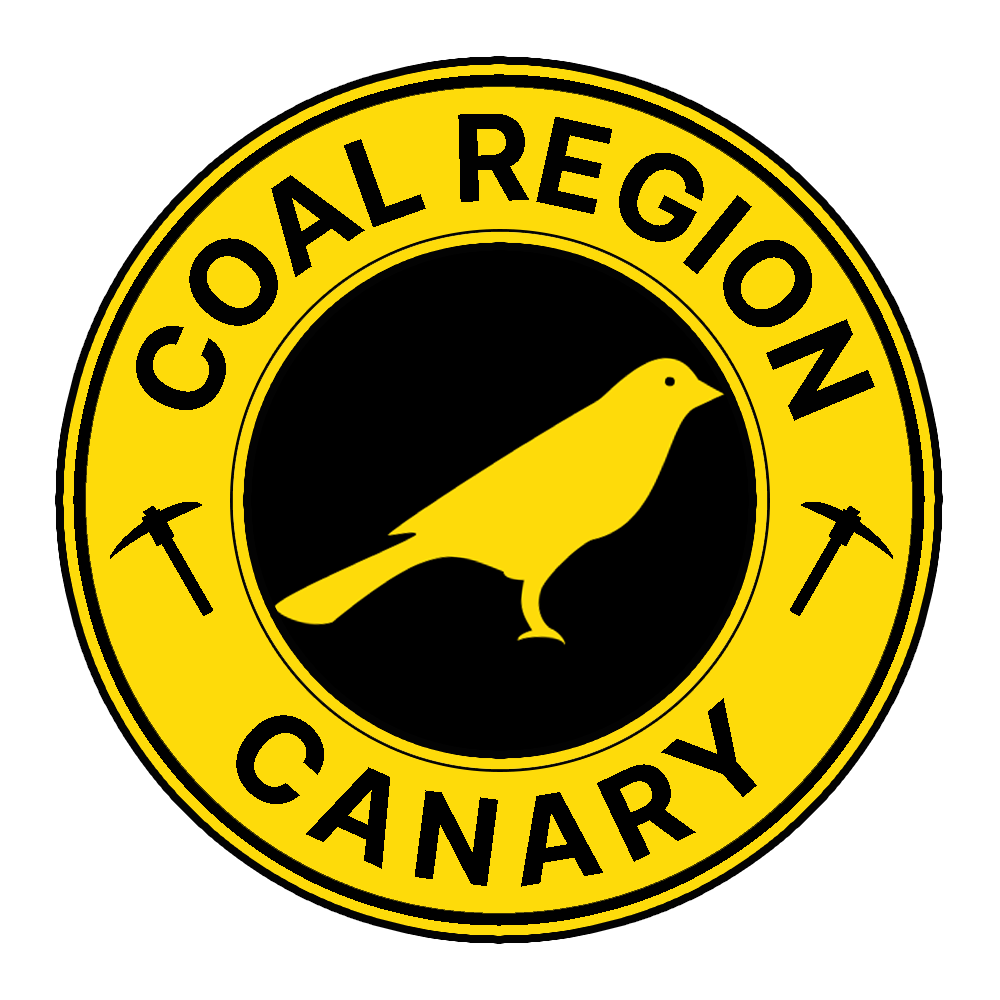


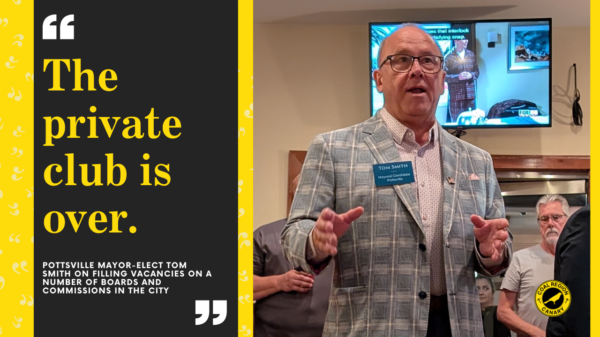

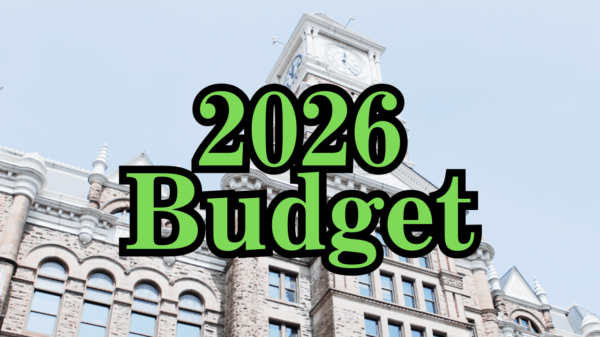

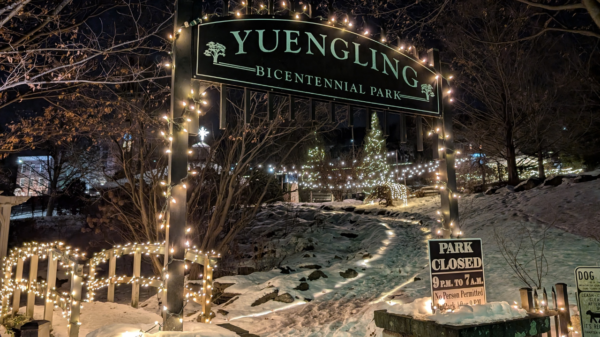

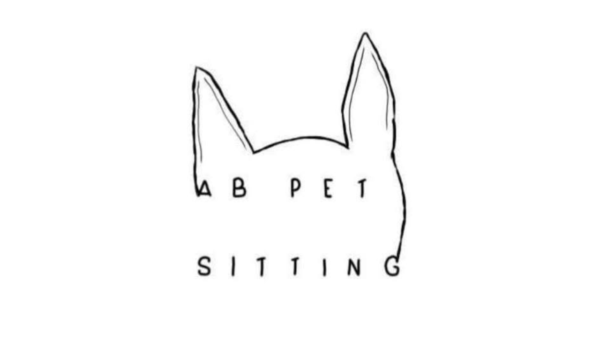

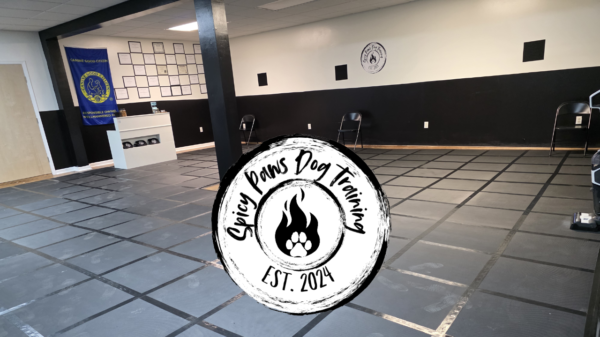

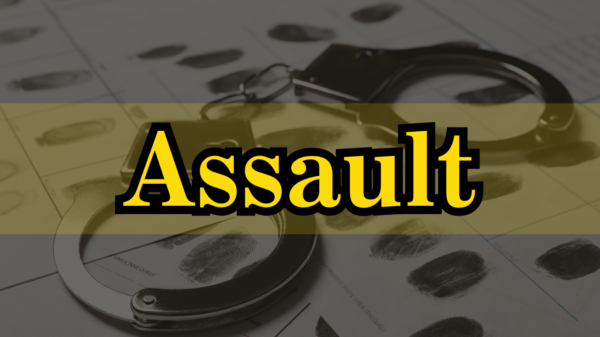
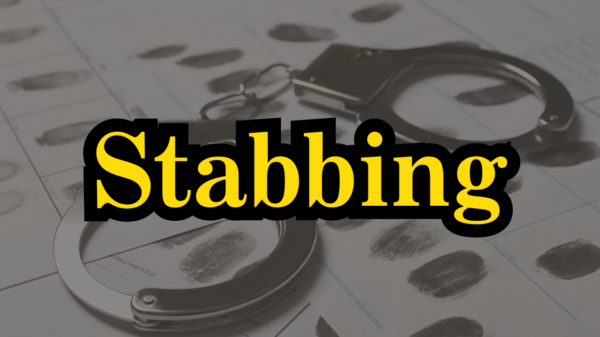
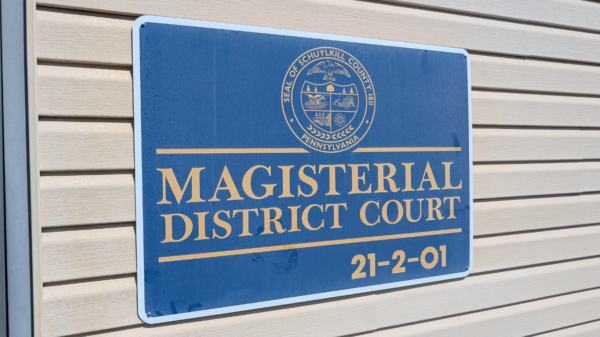
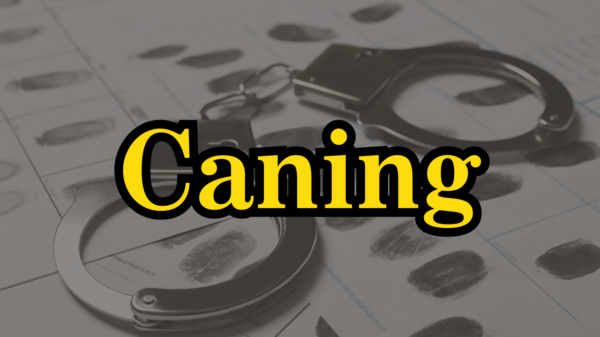

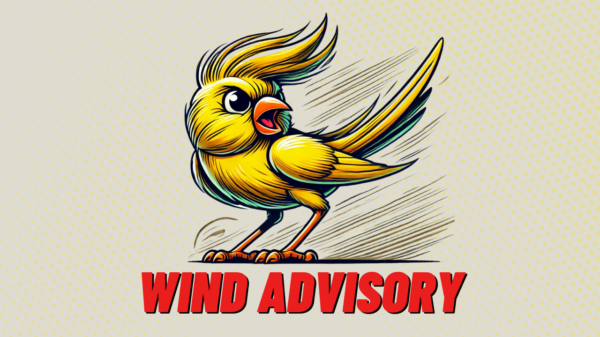
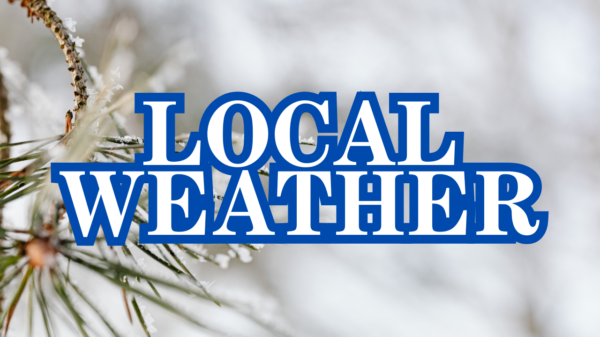

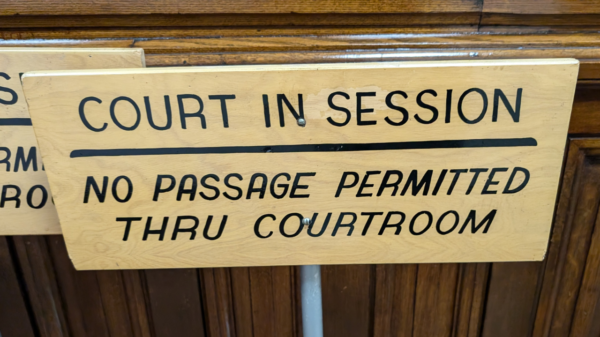




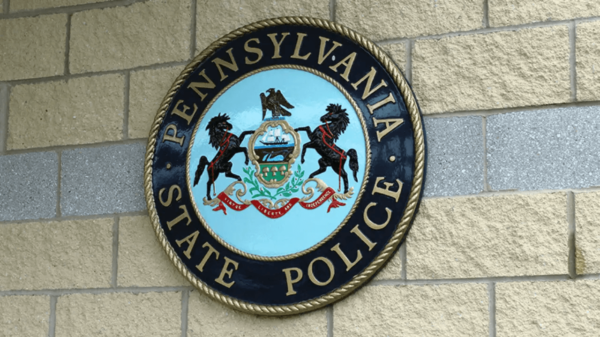
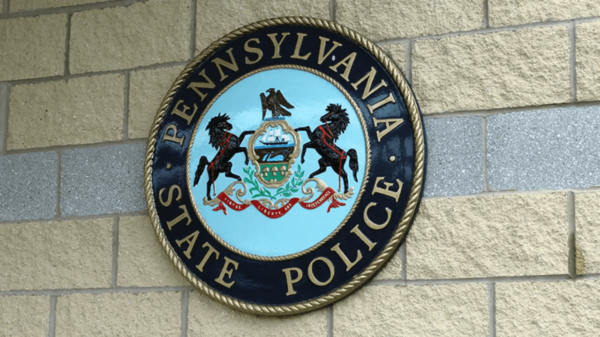
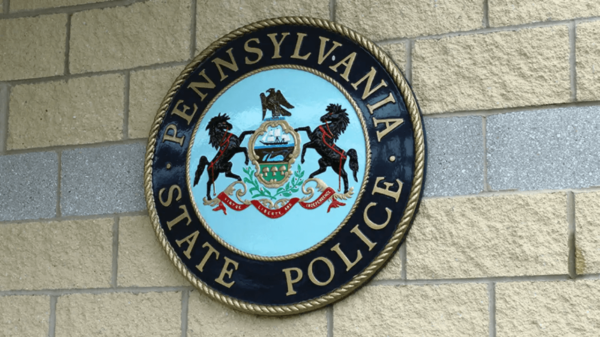

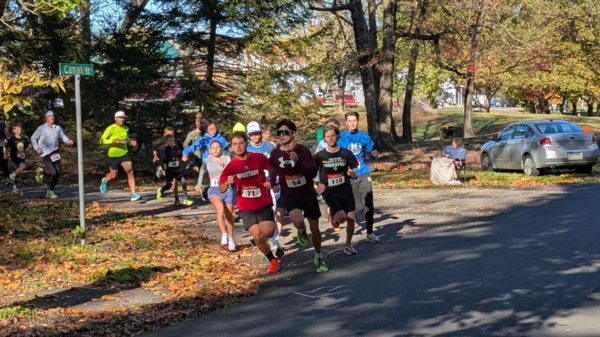




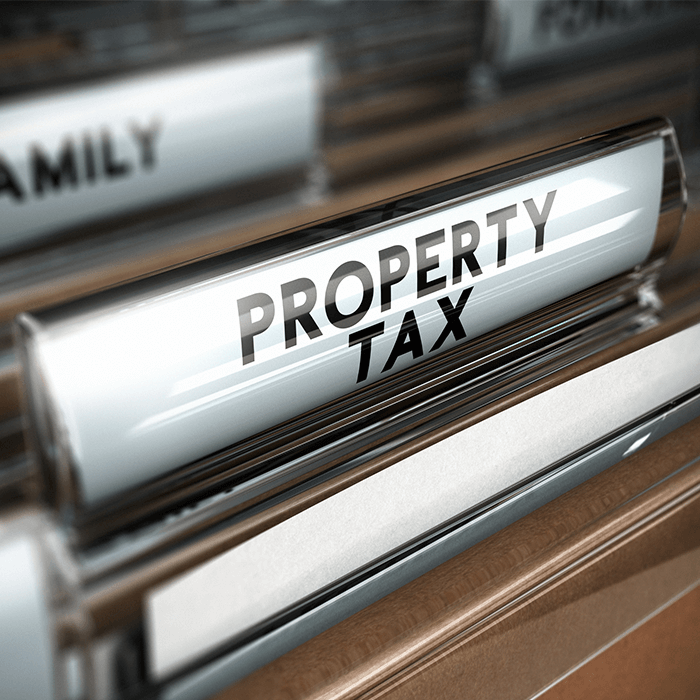
Mark
December 28, 2019 at 7:02 pm
Every time an election looms on the horizon the politicians trot out their plans to eliminate property taxes